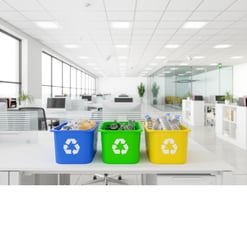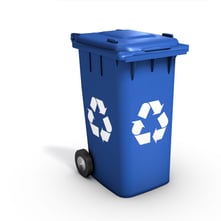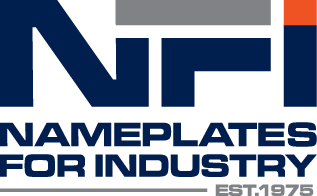The printing industry has come a long way in recent years in terms of recycling and waste minimization. With the rise of digital printing, many printers, like NFI Corp, have been able to reduce their reliance on traditional printing methods, which often resulted in large amounts of waste. Additionally, advances in technology have made it easier for printers to recycle and repurpose materials, which decreases the overall amount of waste produced by the industry.
One of the ways that NFI Corp is reducing waste is by switching to digital printing methods. Digital printing uses inkjet or laser technology to print directly onto the surface of a material, rather than using traditional printing plates. This eliminates the need for many of the materials used in traditional printing methods, such as film and plates, which can be difficult and costly to recycle.

Another way that we are reducing waste is by investing in more efficient equipment and processes. For example, we are now using machines that are designed to minimize paper waste. These machines can automatically adjust the size of the paper used based on the size of the print job, which can significantly reduce the amount of waste generated. Additionally, we are now using more sustainable materials, such as recycled paper and inks that are made from renewable resources.
One of the most effective ways printers are reducing waste is by recycling and repurposing materials. NFI Corp has a recycling program in place for paper and other materials, which can be used to create new products, such as notebooks, envelopes, and packaging. Additionally, we are also recycling and repurposing inks, solvents, and other materials that would otherwise be sent to a landfill. This not only reduces the amount of waste generated by the industry but also helps to conserve natural resources and reduce the overall environmental impact of the printing industry.
Another important aspect of recycling and waste minimization in the printing industry is the proper disposal of hazardous materials. Many printing materials, such as inks and solvents, contain harmful chemicals that can be dangerous if not properly disposed of. NFI Corp has a hazardous waste management program in place to ensure that these materials are handled and disposed of in a safe and responsible manner.
In addition to recycling, NFI Corp is also taking steps to reduce the overall amount of waste generated by the industry. This can be achieved by implementing more efficient processes, such as reducing the amount of ink used in a print job, or by finding ways to use fewer materials overall. Additionally, we are working with our customers to find ways to reduce waste, such as by using smaller packaging or by printing on both sides of a piece of paper.
In conclusion, the printing industry has made significant strides in recent years in terms of recycling and waste minimization. From using digital printing methods to investing in more efficient equipment, we are finding new ways to reduce our environmental impact. Additionally, recycling and repurposing materials, proper disposal of hazardous materials, and reducing the overall amount of waste generated are key ways we are becoming more sustainable. With the printing industry continuing to evolve and adapt to new technology, it will be interesting to see how we will continue to find new and innovative ways to reduce waste and minimize our environmental impact.

